Drawing out some of the big ideas and core themes explored during four days of talks and panel discussions at this year’s Healthy City Design Congress, the closing plenary session brought together five leading experts in the field to offer their insights on ‘the future healthy city’.
Clare Wildfire, global practice leader for cities at Mott MacDonald, noted that the congress had brought out much discussion around the city as “an interconnected set of hard and soft systems” – examples of the former being how real estate links with flood resilience, or how leadership can improve investment decisions.
She described her big idea from the congress as the concept of a city as a system of systems, and co-benefits on multiple levels. 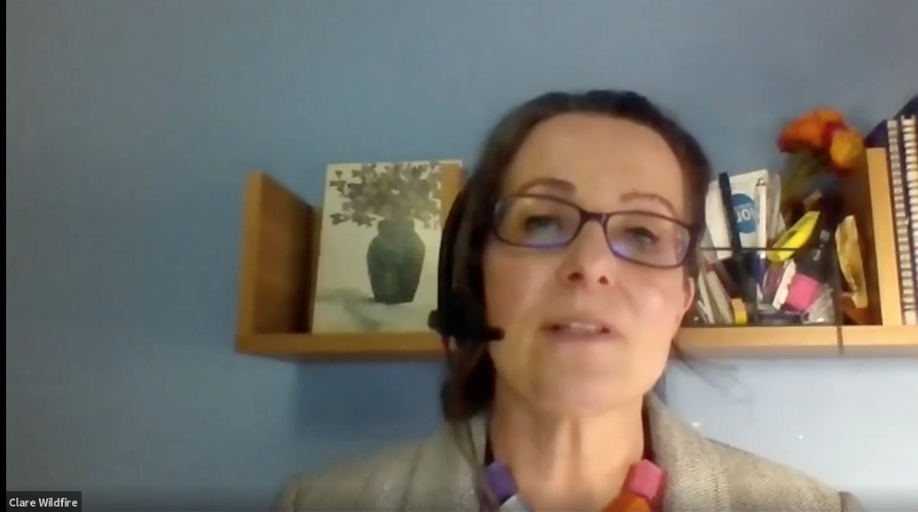
“We’ve seen how green infrastructure can benefit health but it can also reduce flood risk and the urban heat island effect, so it’s also a climate-resilient solution,” explained Wildfire. “And also how designing for active mobility can improve active lifestyles and air quality, and health and wellbeing, but it’s also a low-carbon solution because it reduces the reliance on motorised transport.”
But she warned, too, that there is a need for a new governance mindset that brings together new combinations of stakeholders around a desire to make change, as well as bringing society along as part of the conversation.
She described her vision as “one where we understand enough about these co-benefits to make them central tenets in how we design cities. But it’s also a vision where we value the social and health resilience of our society in order to create this need for change, and one where we understand enough about our role in influencing the future to invest in the one we want. Finally, to bring citizens into the conversation, showing them the bad news as well as the good, and helping them to buy into potentially short-term pain for long-term gain, for them and future generations.”
Flexibility, communication and inclusivity
Carolyn Daher, co-ordinator at the Barcelona Institute for Global Health, also highlighted a few words and concepts that had sparked her interest during the congress. One was flexibility – “flexibility to do with change, to be inclusive, and to meet a variety and diversity of needs, is what we really need to be aiming for in the planning and running of our cities”.
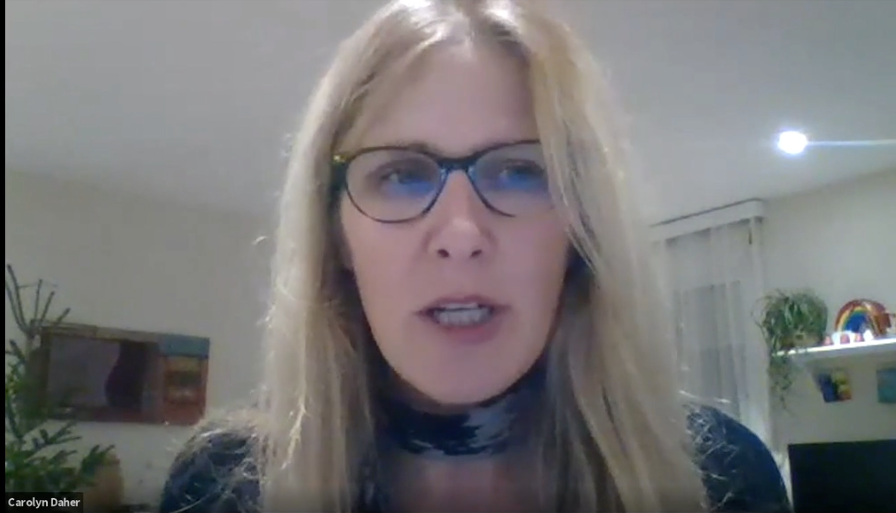 Communication was another point that seemed to come through strongly during the congress. Daher said better communication and more communication were needed among the various different disciplines of practice. Creating a shared language among these myriad disciplines and using communication as a means of co-production were also key areas, as were issues around open data, data management and exchange of data.
Communication was another point that seemed to come through strongly during the congress. Daher said better communication and more communication were needed among the various different disciplines of practice. Creating a shared language among these myriad disciplines and using communication as a means of co-production were also key areas, as were issues around open data, data management and exchange of data.
Inclusiveness in respect of inequities was a third idea from the congress that resonated with Daher. “It’s so key that we have inclusiveness in the types of conversations and the types of data, and the types of projects that we’re including. Cities traditionally have been defined and run by very well-meaning, very technically qualified intelligent groups of people, but they have probably lacked the diversity that they need to be beneficial to all people, the needs that they have, and the way that we must move forward into the future.”
Remembering when public health touched all our lives
Giselle Sebag, global cities consultant at Bloomberg Associates, was optimistic given that one of her greatest dreams for healthy and resilient cities had actually started to emerge out of the Covid-19 crisis.
“Cities all over the world are finally starting to recognise the importance that our shared public spaces have on health, on physical, mental and social health,” she said. “And many cities have given the public back a tiny slither of the space that they once reserved exclusively for car owners.
“We’ve also seen safe, dedicated bicycle lanes being added, and one of my personal favourites, outdoor streeteries are taking over parking spaces. Traffic is slowing down as a result and we can safely enjoy our local cafes and restaurants outdoors – one of my greatest dreams.” 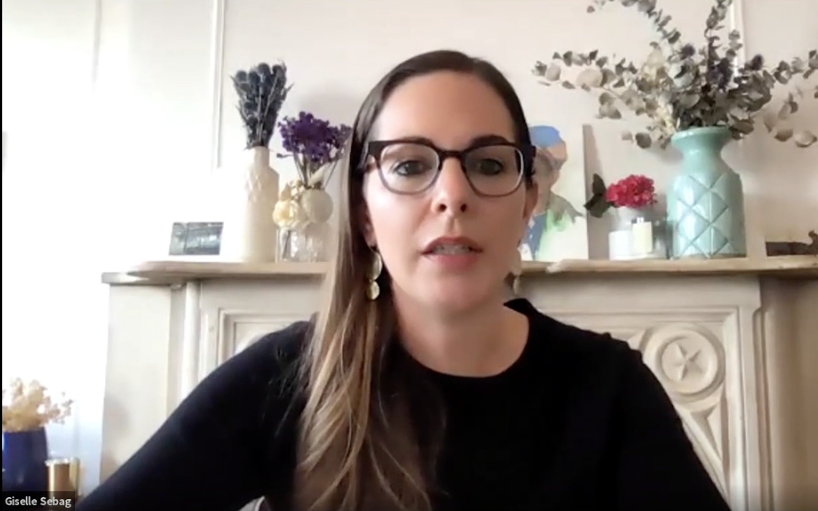
She highlighted the example of Lima in Peru, which prior to the pandemic, had been recognised by the World Health Organization as having one of the worst levels of air pollution in Latin America.
“Lo and behold, pressed by this terrible threat of Covid-19, Mayor Munoz’s administration is now in the process of installing 301km of new permanent dedicated bike lanes,” explained Sebag. “My team is also now working with them to transform more than 12 new green and public spaces throughout the downtown area to be installed by the end of the year. Streets are now being pedestrianised at a much faster rate than had been originally planned in the UNESCO Centro Histórico and, as a result, air quality is finally going to start to improve.
She acknowledged, too, that during the crisis, key workers had kept the cities running, the food delivered, and the medicines supplied. Governments, she argued, must focus on maintaining and improving the health of “all citizens equally, if we are to have a functioning society, economy, a tax base sufficient to distribute food or vaccines. I hope we can all remember this moment when public health touched all of our lives, and keep in mind that each design issue impacts our health outcomes, either for better or for worse. It’s a choice and we must remember to hold our elected officials accountable to choosing healthier cities by design for all residents, of all backgrounds, in all neighbourhoods.”
Regenerative systems are inherently resilient
Sunand Prasad, chair of the UK Green Building Council and founder of architectural firm Penoyre & Prasad, argued that the big idea could be summed up by the word “regenerative”, adding: “Just as the body is, just as healthy systems are, and just as nature is, everything we do should be regenerative. Regeneration of our economy, regeneration of the environment, regeneration of our social bonds.
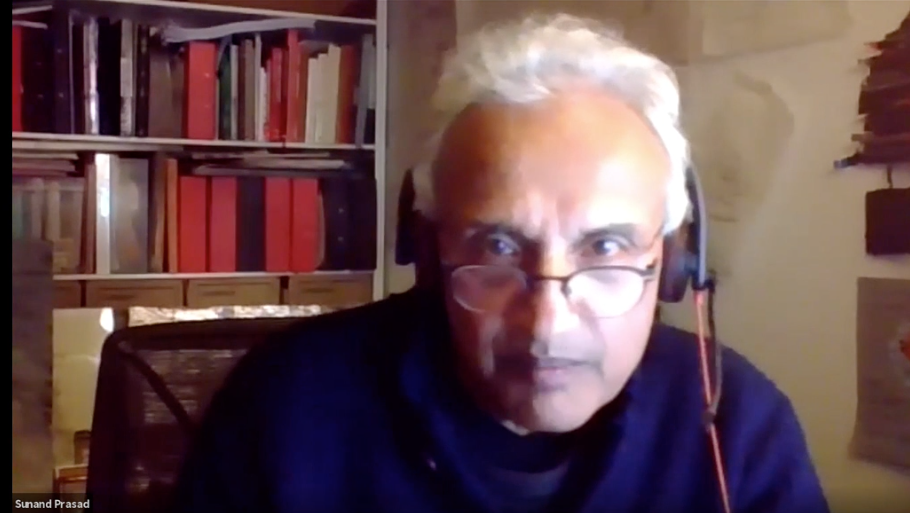 And we should also focus on leaving places better than we find them. “Extractive systems”, he explained, “are not only harmful but brittle. Regenerative systems are inherently resilient. And I think there is a big connection between resilience, a regenerative economy, and the circular economy.”
And we should also focus on leaving places better than we find them. “Extractive systems”, he explained, “are not only harmful but brittle. Regenerative systems are inherently resilient. And I think there is a big connection between resilience, a regenerative economy, and the circular economy.”
Describing Covid-19 as a warning of the kind of impact that climate change may have, he pointed out that it could also act as a catalyst. “The changes in the ways of working and the ease with which we’ve adapted shows how rapidly we can change,” he said, “how we can face the unexpected, let alone the expected, and climate change is entirely expected now. If we can deal with Covid-19, we should be able to deal with climate change because we can plan for it.”
And he echoed fellow panellists’ views about the need to recruit, listen to and include a whole range of people on this agenda.
Reinvest in cities, don’t abandon them
Audrey de Nazelle, from Imperial College London, rounded off the panel by recognising that Covid-19 offered a great opportunity to leave old, wasteful, harmful ways behind us, but she also expressed a note of caution.
“People are recognising much more the issue of inequalities – not only through Covid-19 but Black Lives Matter as well – and we’ve understood the importance of green space much more in our lives. Walking and cycling have risen up the agenda much more. So there is a lot of hope but there are some things that we need to be wary of for the future post-Covid.” 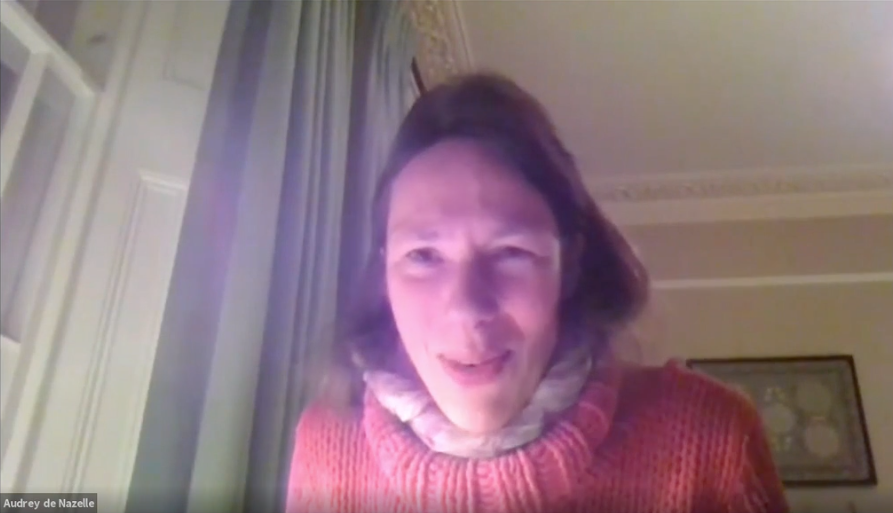
One, of course, is that getting the economy back on track is likely to be the number-one priority for many politicians. According to de Nazelle, that may mean that “anything that’s health or sustainability or climate change goes down the drain”. But there is a danger, too, that with the huge opportunity from new working patterns, being able to work from home, and reducing the need for travel that the wealthy might decide to leave cities and move to the country.
“That means sprawl, dispersed development, it means people abandoning the city,” she said, “and that’s a real risk for our future cities. So, yes, we may have that desire to go and live in the country now that we don’t have the need to commute every day but we need to try to refrain from doing that and understand that actually by investing in our cities, we can make the city the place where we all want to be, instead of the city as the place we want to escape from as soon as we can.
“We need to reinvest in our cities and let all the diversity come out. Let’s explore our neighbourhood, let’s explore the diversity of our world, understand the different beauty and aspects of people and design.”
Commenting on the views from the five panellists, congress chair Jeremy Myerson, from the Royal College of Art’s Helen Hamlyn Centre for Design, concluded: “You’ve got this tension between the organising principle of the city and the diversity and inequality, and non-linear, erratic, unpredictable aspects of cities. How do you have an organising principle without destroying the things that makes cities so attractive, colourful and diverse? These are all issues that city planners have been dealing with for year but they are more current than ever.”
